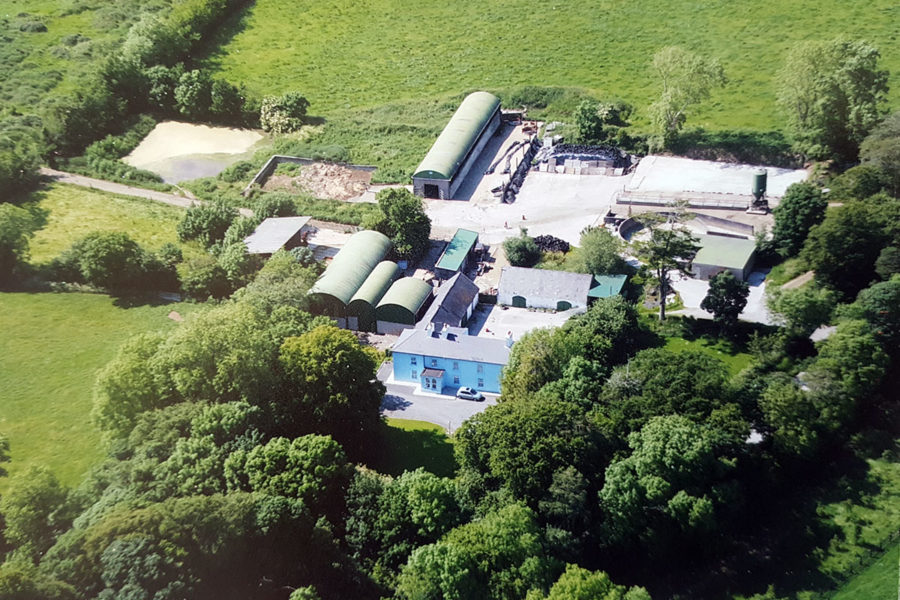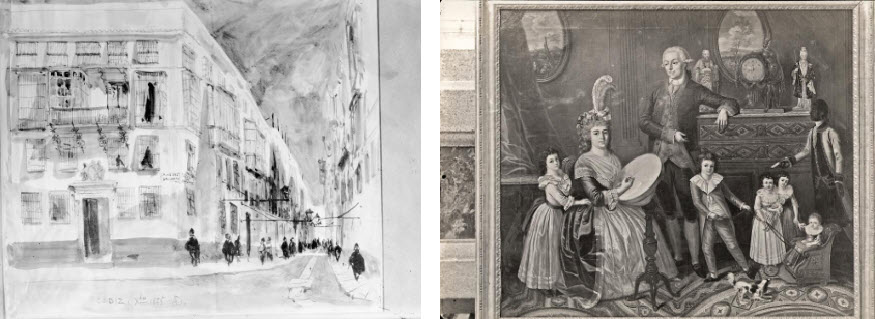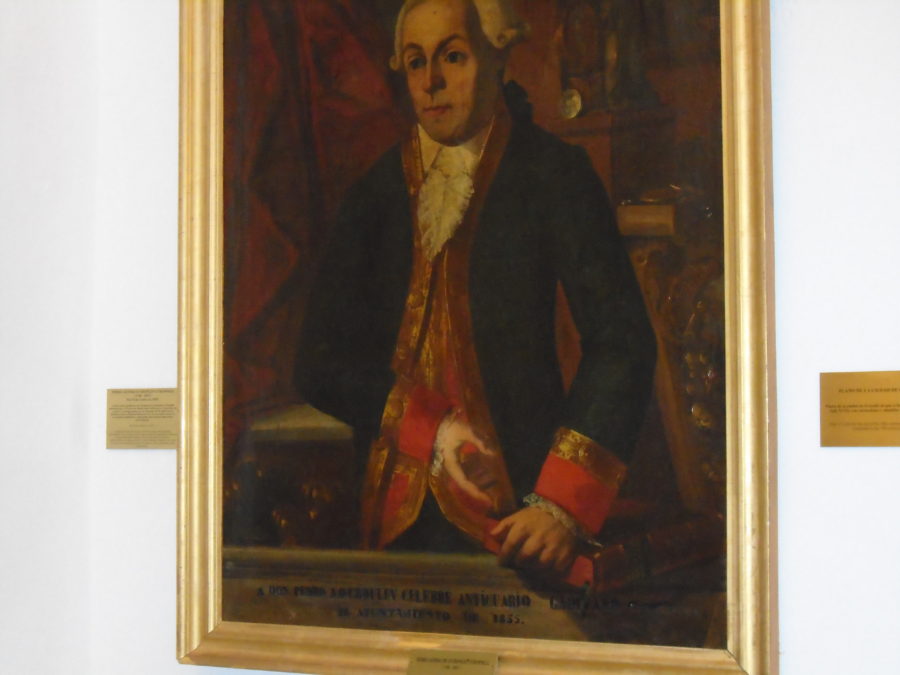So is it possible to identify the Crowleys of Kilfinane who were the ancestors of Demetrius and Don Pedro? On disembarking in Cadiz in 1730, Demetrius (Diarmuid?) O’Cruadhlaoich named his birthplace as Kilfinane, Co. Limerick and that of his wife, Mary O’Donnell (O’Domhaill) as Kilfenora, (Ballymurphy is also recorded) Co. Clare. They were married in St. Michael’s Church in the City of Limerick prior to departure from Ireland. The Genealogy of Demetrius as presented to the Spanish Authorities on disembarkation is as follows:
Irish Geneology of Demetrius O’Crowley
Cormac o’Crowley, of Carbery, Co. Cork, born 1550, married daughter of O’Sullivan of Beare.
His son Charles, married Mary, daughter of John O’Mahony of Bandon, Co. Cork. His daughter Mary, married John deCourcey, 18th Baron of Kinsale
Charle’s son Maurice married Sarah, daughter of Daniel O’Sullivan Mór, of Co. Cork
Maurice’s son Timothy married Honor, daughter of Hugh O’Reilly, of Co Cavan
Timothy’s son, Charles married Helen, daughter of John Power of Drumbany Co. Limerick
Dermot, son of Charles married Mary, daughter of Edmund O’Donnell, of Ballymurphy, Co. Clare
He settled in Cadiz, Spain in 1731
Don Pedro Alonso O’Crouley was his son, born in Cadiz in 1740.
So my job was to link these Crowleys with their original family from Kilfinane – easy?
Having resisted the idea of Co. Limerick ‘Crowleys’ – everyone knows ‘the Crowleys come from Cork?’ Right? Well, maybe…..
Down to work. The year was 1730, records are hard to find and is it even possible to identify the descendants of this Demetrius? First I ‘Googled’ the Crowleys of Kilfinane and up came a picture of a drapery shop of that name in the Main Street with the Crowley name proudly displayed over the door. I phoned and spoke to the current owner – not himself a Crowley, but by luck his wife is ‘a Crowley’ and she happened to be there. She immediately assured me that Demetrius was not a member of her family, as they had only arrived in the area in the eighteen forties. She suggested I contact a local historian – Angela Hennessy – and what a great idea that was! A lady highly versed in local knowledge and very generously agreed to share it with me. She pointed me in the direction of another Crowley family – this time from Martinstown, which on the map is very close to Kilfinane and she assured me that that family had been there for a very long time. They can boast a famous relative – Mark Crowley – whose letter to the Limerick Chronicle from 1847 is preserved in the National Museum Archives. His family were tenants of the Castle Oliver Estate and he was writing to thank the then owners of the Castle – Elizabeth and Mary Gascoigne – for their generosity towards the tenants during the Famine.
- The townlands of Martinstown and Darnstown (Darranstown) were part of the Castle Oliver estate. The estate papers show that in 1828 Patrick Crawley had a lease on 34 acres and 15 perches (half -yearly rent of £27-9-8)- folio number 247 in Darnstown. In 1846 that folio number was held by Marcus Crowley. In 1852 the family does not appear in Darnstown but Reps of Patrick Crawley held a lease on 55 acres and 34 perches of prime farmland in the adjoining townland of Martinstown. The Crowley family own this farm at the present day.
- References: Gascoigne Papers in National Library of Ireland and in West Yorkshire Archive Service, Leeds, Yorkshire.
Thanks to Angela Hennessy, local historian from Kilfinane for all that information.

So I contacted Kevin Crowley, the current owner of Martinstown Farm and told him of my interest in his family and his antecedents going back to the 1700s. He was very kind and interested in the search. He had never heard about the Spanish Branch of the family and was anxious to help trace the possible link. He has sent me his family tree going back to 1727, amazing to have that information and it is most unusual to be able to find any records before the 1830s. No mention of Demetrius (or Diarmuid) but the earliest relative listed is James Crowley, Martinstown,(no birthdate given for him), he married Briget O’Donnell whose birthdate was 1727. So as their first child was Patrick, born in 1749, I’m guessing that they married a year or two before that, in 1747 maybe. Records are hard to trace for marriages. The interesting fact here is the family name of Bridget, his wife – she is an O’Donnell as was Demetrius’ wife. The name ‘Maurice(Muiris?)’ features in the family tree and given the custom of continuity of names in families I’m encouraged to believe I may be on the right track!
These records take us to the present owner of Martinstown Farm House, Kevin Crowley, his wife and children.
So have we found the direct link to the ancestors of the Spanish Crowleys?
I need to establish when that family first settled in Martinstown and if they were there before 1730. The genealogy of Demetrius lists direct descent from Crowleys in Carbery where Crowley, Conor, married a member of the OSullivan Beara family, his niece married the heir to the title of Baron of Kinsale, a member of the deCourcy family, a famous Ango-Norman family. They were no doubt on the ‘wrong side’ in the Battle of Kinsale and it might account for their move to Limerick, maybe as the result of losing their land.
More work needs to be done. Watch this space……



